In this 4-day course, students are provided with a functional understanding of how to deploy, tune, and operate F5 Advanced Web Application Firewall to protect their web applications from HTTP-based attacks.
The course includes lecture, hands-on labs, and discussion about different F5 Advanced Web Application Firewall tools for detecting and mitigating threats from multiple attack vectors such web scraping, Layer 7 Denial of Service, brute force, bots, code injection, and zero-day exploits.
Topics Covered
- Resource provisioning for F5 Advanced Web Application Firewall
- Traffic processing with BIG-IP Local Traffic Manager (LTM)
- Web application concepts
- Mitigating the OWASP Top 10 and other vulnerabilities
- Security policy deployment
- Security policy tuning
- Deploying Attack Signatures and Threat Campaigns
- Positive security building
- Securing cookies and other headers
- Reporting and logging
- Advanced parameter handling
- Using Automatic Policy Builder
- Integrating with web vulnerability scanners
- Login enforcement for flow control
- Brute force and credential stuffing mitigation
- Session tracking for client reconnaissance
- Using Parent and Child policies
- Layer 7 DoS protection
- Transaction Per Second-based DoS protection
- Layer 7 Behavioral DoS Protection
- Configuring Advanced Bot Defense
- Web Scraping and other Microservice Protection
- Working with Bot Signatures
- Using DataSafe to Secure the client side of the Document Object Model
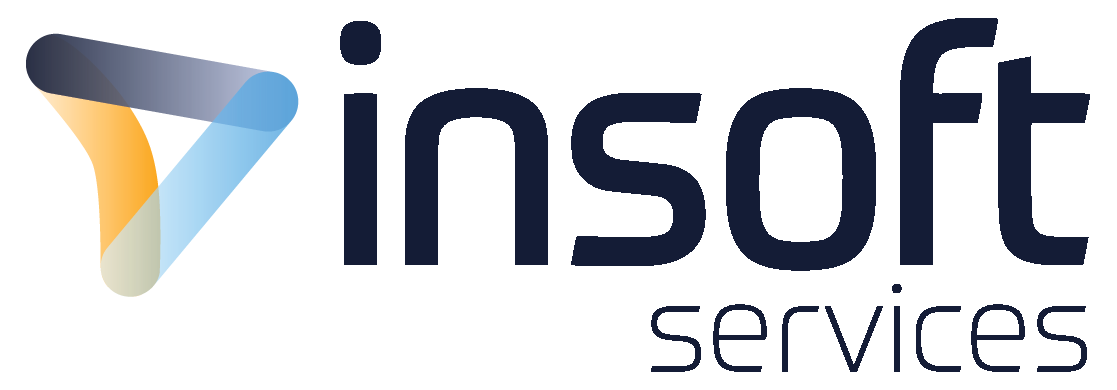
 Finland
Finland Germany
Germany Denmark
Denmark Sweden
Sweden Italy
Italy Netherlands
Netherlands Norway
Norway 


















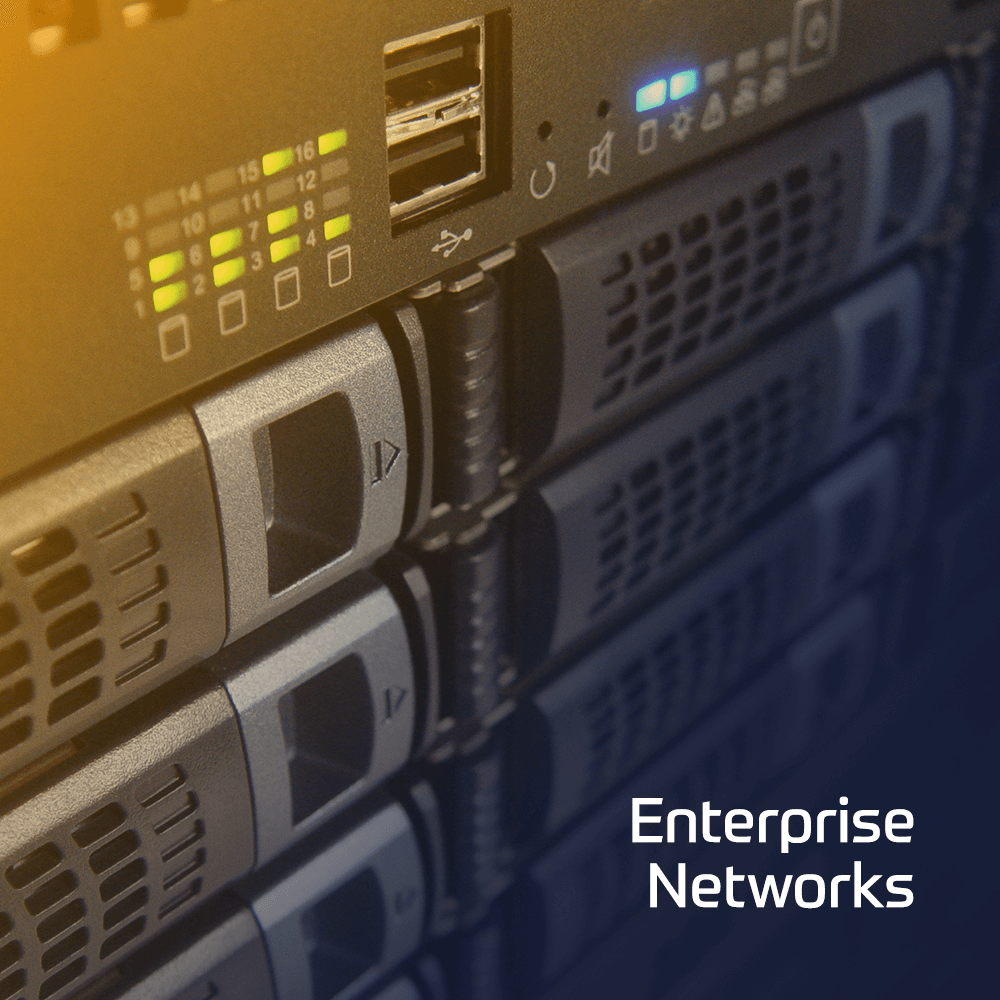
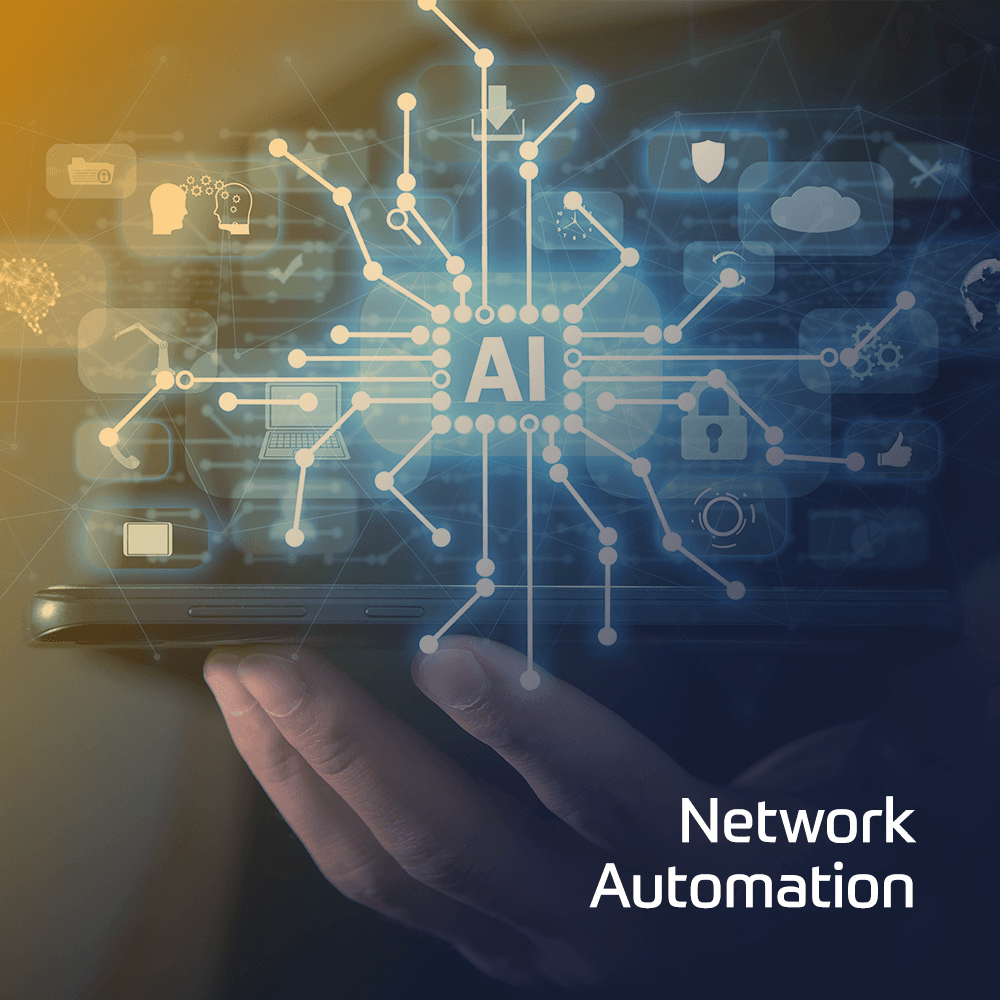
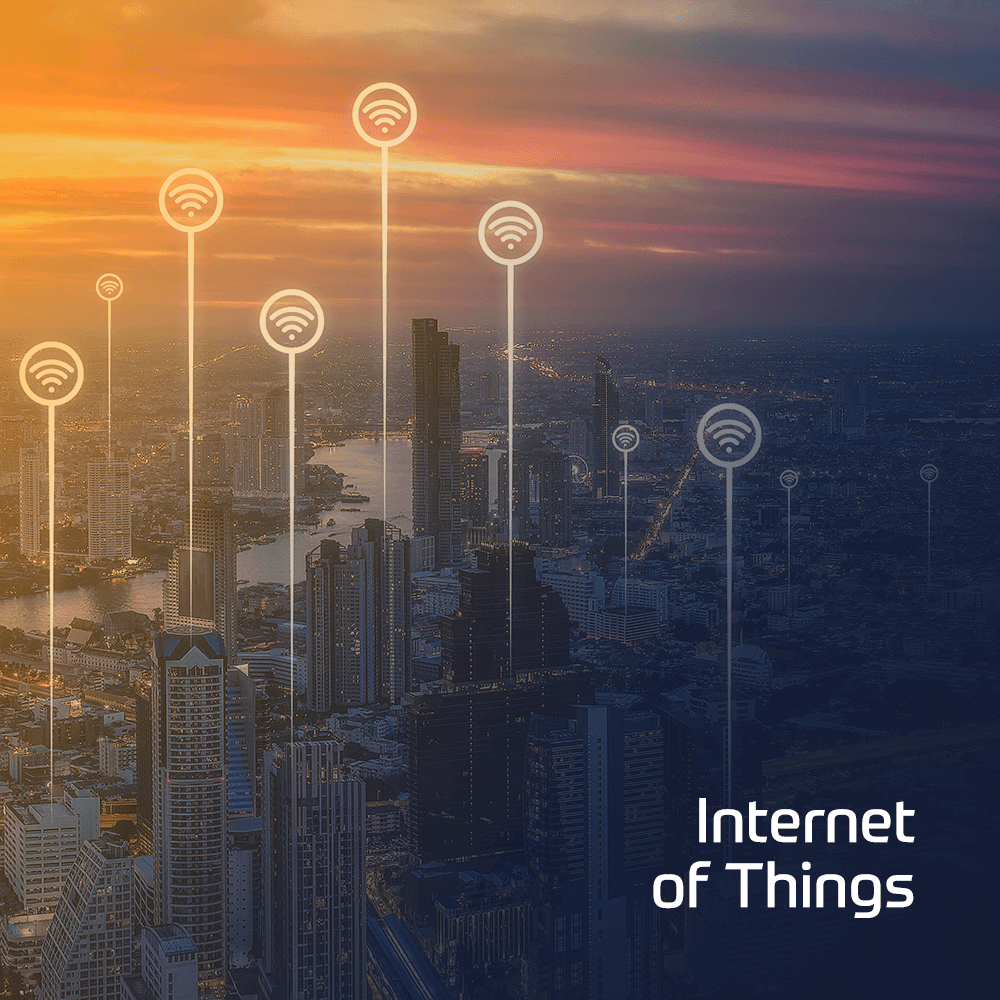


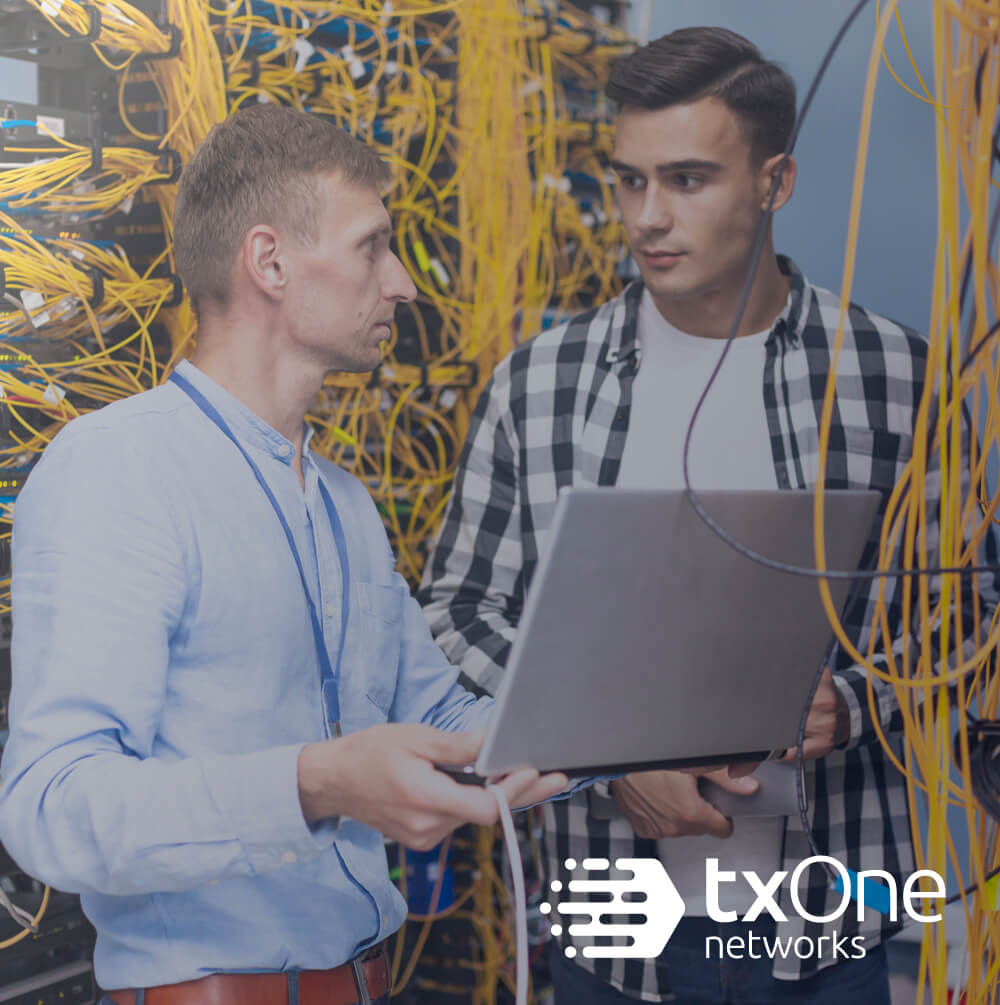


 Duration
Duration  Delivery
Delivery  Price
Price